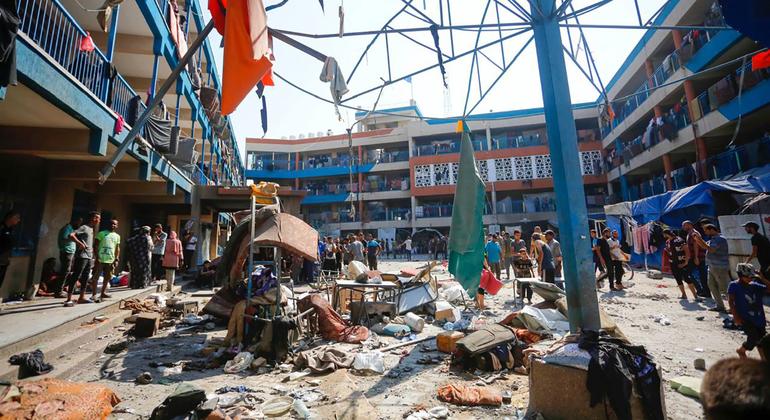The study is the first global effort to systematically prioritize endemic pathogens based on their impact on regional and global health.
It reconfirms long-standing priorities for vaccine research and development (R&D), including those for HIV, malaria and tuberculosis. three diseases that together cause almost 2.5 million deaths each year.
Attention is also being paid to pathogens such as group A streptococcus, which causes serious infections and contributes to 280,000 deaths from rheumatic heart disease, mainly in low-income countries.
Another new priority is Klebsiella pneumoniae – a bacteria that was associated with 790,000 deaths in 2019 and is responsible for 40 percent of neonatal deaths due to bloodstream infections (sepsis) in low-income countries.
Focus on needs, not profits
The new study supports the goal of ensuring that everyone, everywhere can benefit from vaccines that provide protection against serious diseases.
It aims to shift the focus of vaccine development from commercial benefits to regional and global health needs, said Dr. Mateusz Hasso-Agopsowicz of the WHO, who works on vaccine research.
He explained that in the past, vaccine R&D was typically influenced by profitability. As a result, Diseases that severely affect low-income regions received little attention..
“We hope this represents a Critical change in which we want to change the focus from the commercial perspective, the profitability of the new vaccines, towards the real health burden. so that research and development of new vaccines is driven by the health burden and not just commercial opportunities,” he said, speaking from Poland.
Expert advice
To conduct the study, WHO asked international and regional experts what they think is important when prioritizing pathogens for vaccine R&D. Criteria included deaths, illnesses, and socioeconomic impact or antimicrobial resistance.
“We had asked experts who have expertise in pathogen epidemiology, doctors, pediatricians and vaccine experts from all WHO regions, to ensure that the list and results we produce truly reflect the needs of diverse populations around the world” . said Dr. Hasso-Agopsowicz.
Analysis of those preferences, combined with regional data for each pathogen, resulted in the 10 priority pathogens for each of the six WHO regions globally.
The regional lists were then consolidated to form the global list, resulting in the 17 priority endemic pathogens for which new vaccines are urgently needed.
To advance vaccine R&D, WHO has categorized each pathogen based on the stage of vaccine development and the technical challenges involved in creating effective vaccines.
Dr. Hasso-Agopsowicz said the study is expected to guide future investments in vaccine research and development, including by funders, researchers and vaccine developers, but also policymakers, as they “ “They can decide whether to introduce these vaccines into immunization programs.”












